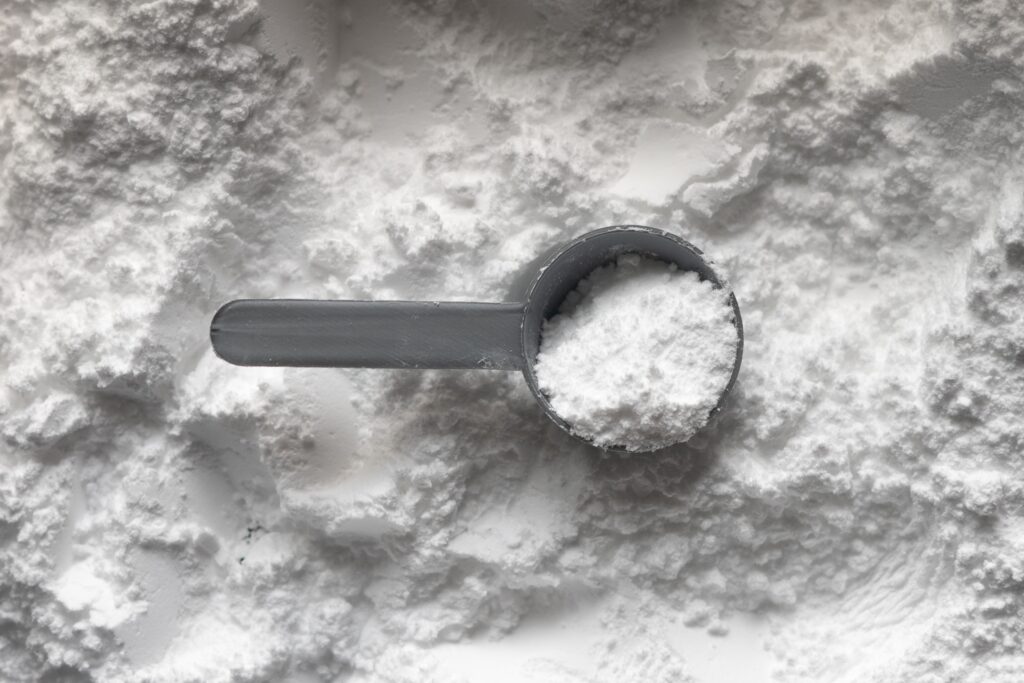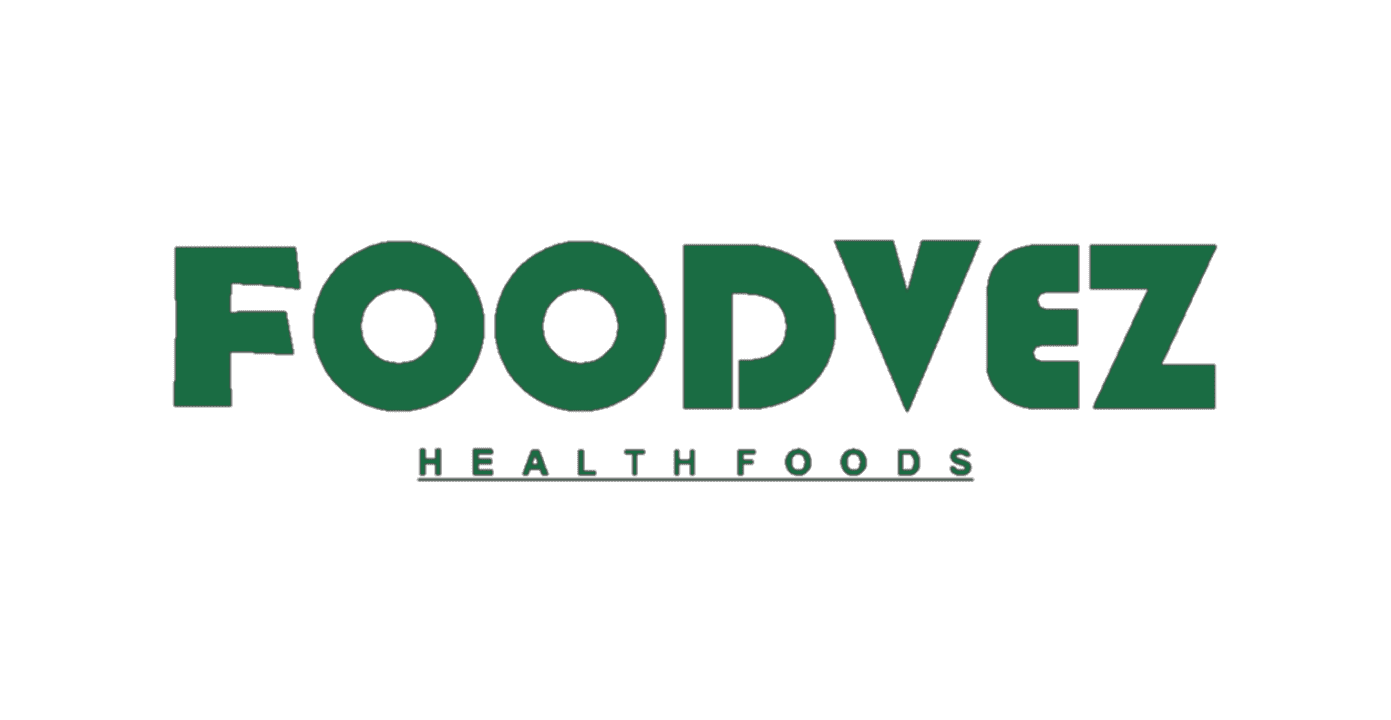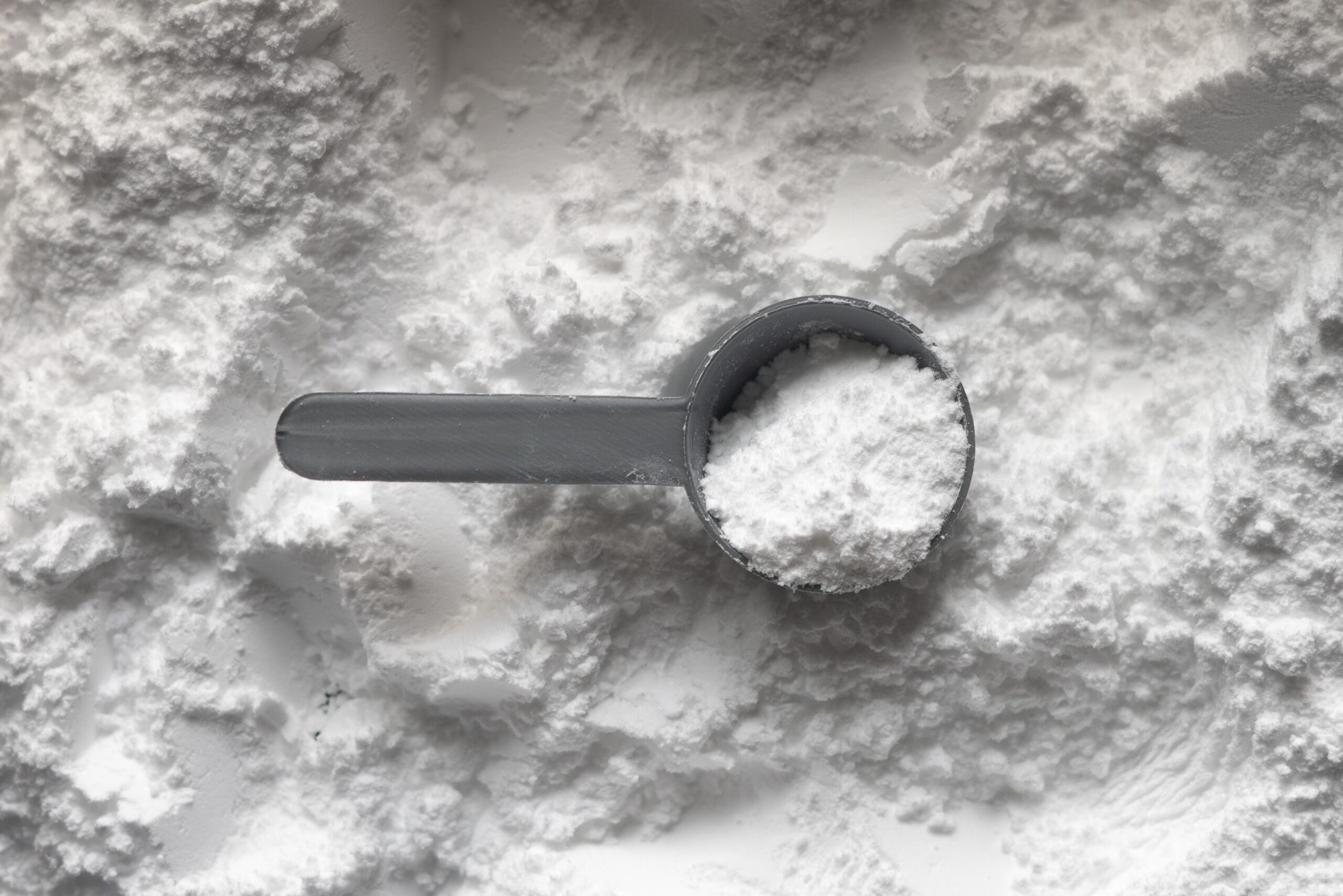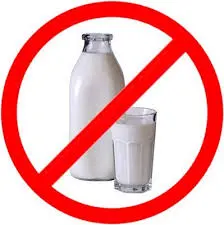When it comes to muscle development, consuming protein and amino acids prior to resistance training promotes a favourable net nutritional balance and improves performance recovery. And one of the most popular dietary protein supplements is whey protein.

Whey is widely used as a supplement in conjunction with resistance exercise to aid enhance muscle protein synthesis and promote lean muscle mass growth. But what exactly is it, and what are the advantages of employing it?
What is whey protein?
One of the most common proteins found in dairy products is whey protein. Whey protein is a by-product of the cheese-making process that contains significant levels of the essential amino acids required for proteins to perform their roles in the body.
Because it contains all nine essential amino acids, whey protein is called a complete protein. It doesn’t have a lot of lactose in it. Whey protein is often used to increase strength and improve sports performance. Whey protein is also claimed to treat asthma, diabetes, weight reduction, and a variety of other ailments, but most of these claims lack scientific backing.
Benefits of Whey Protein
Whey protein can help with weight loss, muscle preservation, and satiety. Others claim it can help to lower blood pressure, improve cholesterol levels, and even lower the risk of heart disease and stroke. Here’s what we know about its incredible health and fitness advantages.
- The best source of high-quality protein: Protein is necessary for the development and maintenance of our bones, muscles, and skin, but not all proteins are made equal. Because it is a complete protein, whey is a particularly high-quality protein. It’s a high-quality protein that’s complete and contains all of the important amino acids. In addition, compared to other forms of protein, it is highly digested and swiftly absorbed from the intestine.
- Maintains Lean Muscle: Muscles crave protein, particularly complete proteins such as whey. Whey protein is high in branched-chain amino acids, a type of amino acid that aids muscle growth. Strength training combined with a high-protein diet or protein supplements has been demonstrated to be an effective preventive strategy.
- Help with weight loss: While whey protein won’t suddenly burn belly fat, it can help you feel fuller for longer and potentially improve the number of calories you burn each day. Other forms of protein, such as casein and soy, appear to be less filling than whey protein. These characteristics make it especially beneficial for people who are trying to lose weight by eating less calories.
- Lower cholesterol: Early research suggests that whey protein may aid in the reduction of elevated cholesterol, particularly “bad” LDL cholesterol. Because high cholesterol has been linked to an increased risk of stroke and heart disease, decreasing your cholesterol to a healthy level can have significant health benefits.
- Reduce Inflammation: Whey protein can help reduce inflammation, which can help with a variety of chronic diseases. Chronic inflammation has been related to a variety of health issues, including heart disease, diabetes, inflammatory bowel disease, and arthritis, to name a few. According to studies, including whey protein in your diet on a daily basis can help reduce signs of chronic inflammation, lowering your chance of unfavourable health consequences.
Buy our range of Whey Protein here: https://foodvez.com/product-category/whey-protein/
Types of Whey Protein
Whey protein comes in a variety of forms that are utilised in supplements. Whey isolate, whey hydrolysate, and whey concentrate are the three main forms.
- Whey Protein Concentrate: Whey Protein Concentrate has a low fat and carbohydrate content. The amount of protein in Whey Protein Concentrate is determined by its concentration. Lower-end concentrates typically comprise 30 percent protein, whereas higher-end concentrates might have up to 90 percent. Many protein drinks, bars, and nutritional supplements contain whey protein concentrate. It’s also found in baby food.
- Whey Protein Isolate: This type has a high protein content while being low in fat and lactose. All fat and lactose are removed from Whey Protein Isolate before it is packaged. Whey Protein Isolate typically contains at least 90% protein. If you’re lactose intolerant, whey protein isolate might be a good option, but don’t attempt any of these if you have a milk allergy.
- Whey Protein Hydrolysate: Whey Protein Hydrolysate is a “pre-digested” form of whey protein since it has already gone through partial hydrolysis, which is required for the body to absorb protein. Hydrolysed whey protein is frequently used in specialised new-born formulae. It’s also found in nutritional supplements for people who are deficient in certain nutrients.
Risks and Side-effects
- Calorie content: While whey protein is minimal in fat and carbs, it nevertheless contains calories. Weight gain is caused by consuming too many calories from any source, including protein.
- Processed ingredients such as artificial flavours, sweeteners, or added sugar: Many protein powders and drinks contain processed ingredients such as artificial flavours, sweeteners, or added sugar. If you’re going to take a supplement, search for one that just has whey protein as a component.
- May cause lactose intolerance: Because whey protein is derived from dairy, it almost always contains lactose. As a result, lactose-intolerant people who consume whey protein concentrate may experience symptoms such as bloating, nausea, and stomach cramps. Whey protein isolate, on the other hand, is more refined and may not cause the same symptoms.
- Potential digestive issues: Whey protein can cause constipation, diarrhea, and nausea in some people, especially if they consume high amounts.




